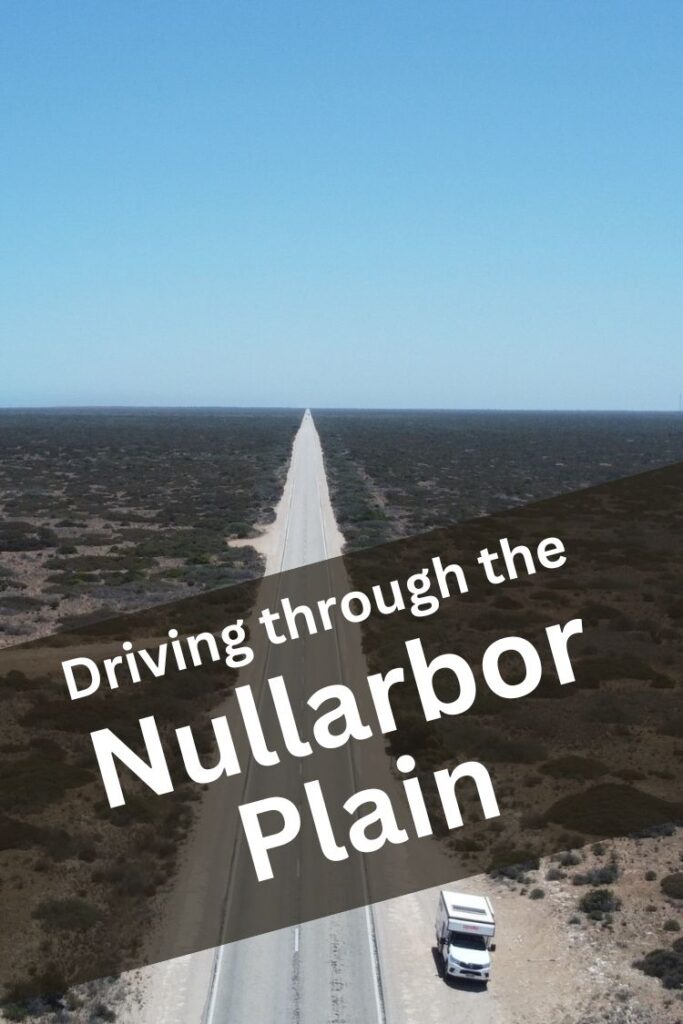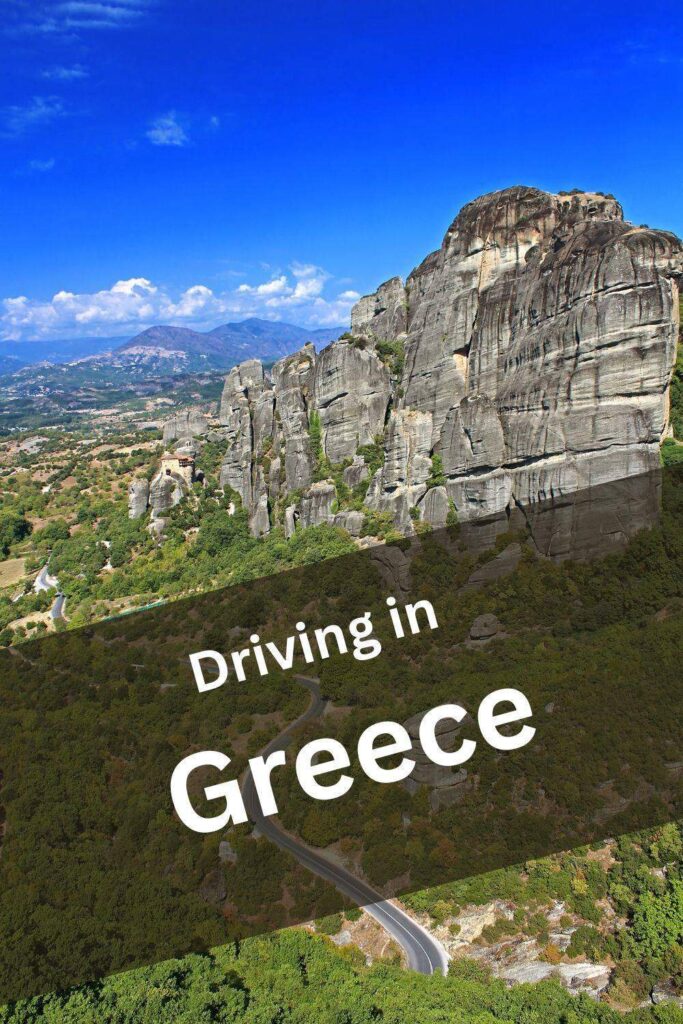The following are some of my tips and personal impressions on driving in the rose- and sand-tinted country of Jordan. My experience comes from driving from the capital of Amman to the south to Aqaba. As such, I did not experience the northern regions, which, at least from the point of view of landscapes and vegetation, are radically different.
For more information, be sure to check out this article my Jordan Road Trip
Traffic Rules Basics
First and foremost, the basics: in Jordan, driving is on the right side and all common driving requirements are followed (i.e., mandatory seatbelts, it is illegal to drive under the influence, and the driving legal age is 18).
Speed limits range from 60 km/h in urban areas, 80 km/h on rural roads, and 120 km/h on highways. That being said, there are a lot of speed limit changes and a lot of police placed to check the respect of these speed changes.
Road signs are mostly both in English and Arabic. Sometimes they are only in Arabic but that is a good indication that you are going the wrong way and either entering a residential area or a place that is so devoid of any sightseeing or tourist attraction that it is best to return to the “normal” path.
Drivers license requirements
Contrary to many countries which use a different alphabet from latin characters, you can drive in Jordan with your local license without needing an IDP.
Also, it’s worth mentioning (considering the culture and laws in many Arabic countries) that women are allowed to drive.
Road Conditions

Jordan is a relatively small country and more than 75% of it comprises deserts. As such there aren’t many major roads. Specifically, there are 3 major highways:
- Highway 15, known as the Desert Highway, runs straight down the country, connecting the Syrian border and the southern city of Aqaba.
- Highway 35 is the historical Old King’s Highway
- Highway 65, the Dead Sea Highway, coasts the Dead Sea and connects Amman to Aqaba.
All these roads are in perfect condition, even the historical Old King’s highway (which by the way I highly recommend if you are planning to visit Jordan by car. The winding road will bring you within the canyons of the Jordan Valley and is simply breathtaking).
Other minor instead may have varying quality. There are the occasional potholes but nothing serious (unlike the ones that reach the center of the Earth as in Mexico). There are however several speedbumps, not only in urban areas but almost everywhere there is a crossing or some settlement. These also are nothing compared to the mountain-level Topes of Mexico which wreck your car if you do not see them on time.
If you decide to drive into the desert, you clearly need a good 4WD vehicle, as well as more than enough supplies, an offline GPS and anything else you might need (both things and knowledge) to avoid finding yourself stranded in the middle of a desert. For Wadi Rum, there is a fee that is charged to enter Wadi Rum Protected Area.
Driving
This all depends on the area. In the rural areas outside of cities, there are few cars and many police speed checks and speed bumps. People drive carefully and relatively slowly. There isn’t much sense of lanes or use of turn lights but the lack of traffic makes driving very easy.

A whole different thing is driving in cities. In the capital, Amman specifically, I was simply shocked. I have driven in about 15 different countries (mostly Europe, but also Australia, Canada, the US, Mexico, and Guatemala). But traffic in Amman is confusing, to say the least. It blends the chaos that one can find in Cairo or Bangkok but with larger roads, larger cars, and higher speeds. Turn lights and lanes are never used, but that is the least of the problems. The major issue is that everyone drives in their own bubble. Sort of like in Italy, when you find that one guy who just has to get ahead of everyone else and will overtake wherever he can, squeeze in impossible places and generally not respect any traffic lights or signs to give way. Except that here everyone, including pedestrians, behaves this way. The general Jordan driving mantra seems to be “don’t ever stop”—you enter a highway or a main road from a side road and you just enter and then start squeezing through. You enter a roundabout and just enter, and then we’ll see. You are a street vendor and decide it is time to attract drivers by swinging your shiny metal plate, and you just walk into the right lane. This trickles down to everybody so all of these sudden “intrusions” are met with swerving to another lane. And this happens all the time and has this compounding effect. So a car entering the highway can have a real and sudden influence on you, even if you are three lanes away. This is most visible in roundabouts, where it is absolute mayhem.
Road tolls
At the time of writing, there are no tolls on the road but that is expected to change in the future. Jordan is undergoing the development of more road arteries and road infrastructure and it is expected that tolls will be added.
Fuel
Gas is done in the “non-American” way, for lack of a better word for it. This means payment is not done upfront to unlock the pump. Gas stations are usually serviced.
Gas prices are high compared to other countries in the Middle East.
All petrol stations that I encountered accepted card, but as always, having cash to be able to deal with more remote and rural areas, is always recommended.
Police

This is the most striking aspect as Jordan is definitely a policed country. From a safety point of view, it is one of the safest countries in the world and considered the safest in the Middle East. However this extensive control is reflected also in the driving controls and there are a lot of police blocks, strategically placed after major changes in speed limits or in vast descending parts of the road, ready to catch any driver who breaks the limits.
There are no issues of police corruption. The country is located in a fragile geopolitical location so there are these frequent checkpoints but once they recognize that you are a visitor, either by simply looking at the rental car or asking a question, they let you pass without further inquiries.
Driving Etiquette

As stated above, driving is somewhat out of control in cities. As such driving etiquette mostly revolves around swerving around obstacles and not making a big fuss about anything. People will traverse the streets when they want/can and the same goes for cars. Do not expect to be thanked if you let someone pass and in the same way reprimanded if you cut someone off. The important thing appears to be to get things done and move on.
Driving Quirks
Apart from the aforementioned careless drivers in Amman, pedestrians are also quite “dangerous”. It is not uncommon to see people walking on the side of highways and they behave as if they were traversing a normal city road, walking carefree between the multilane highspeed road.
Wildlife

The desertic areas do not allow for much fauna except small mammals and lizards. As such you will rarely encounter road kill of wildlife. The country has a high percentage of dogs and cats and the foremost can easily be found on the side of the roads. As everywhere cats are either more diffident or agile than dogs so you will not see cats run over but there will be dogs. When it comes to animal crossings, there are herds of goats and sheep and there could be some road kill there. Other animals that are used as transportation such as horses, donkeys, and dromedaries all have owners so you may encounter them but their riders are clearly careful to not jump in the middle of the road.






